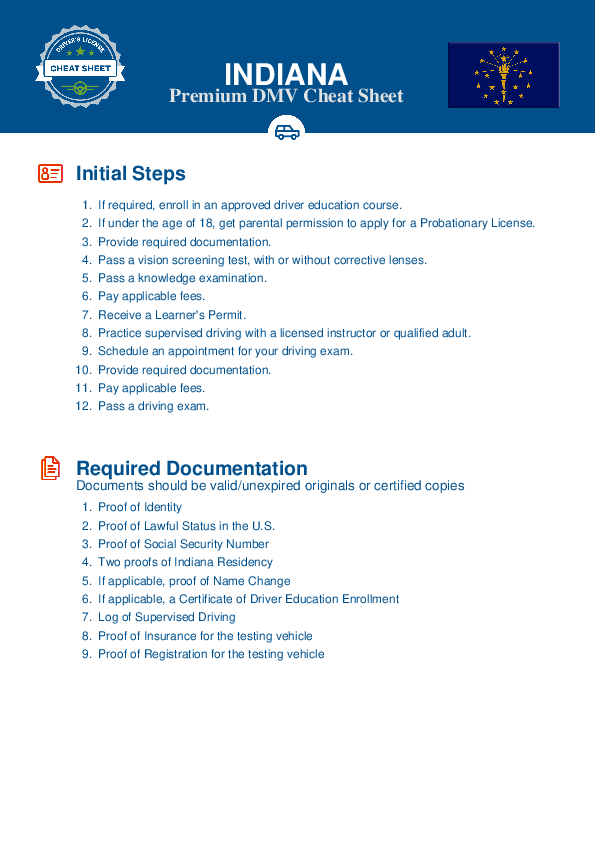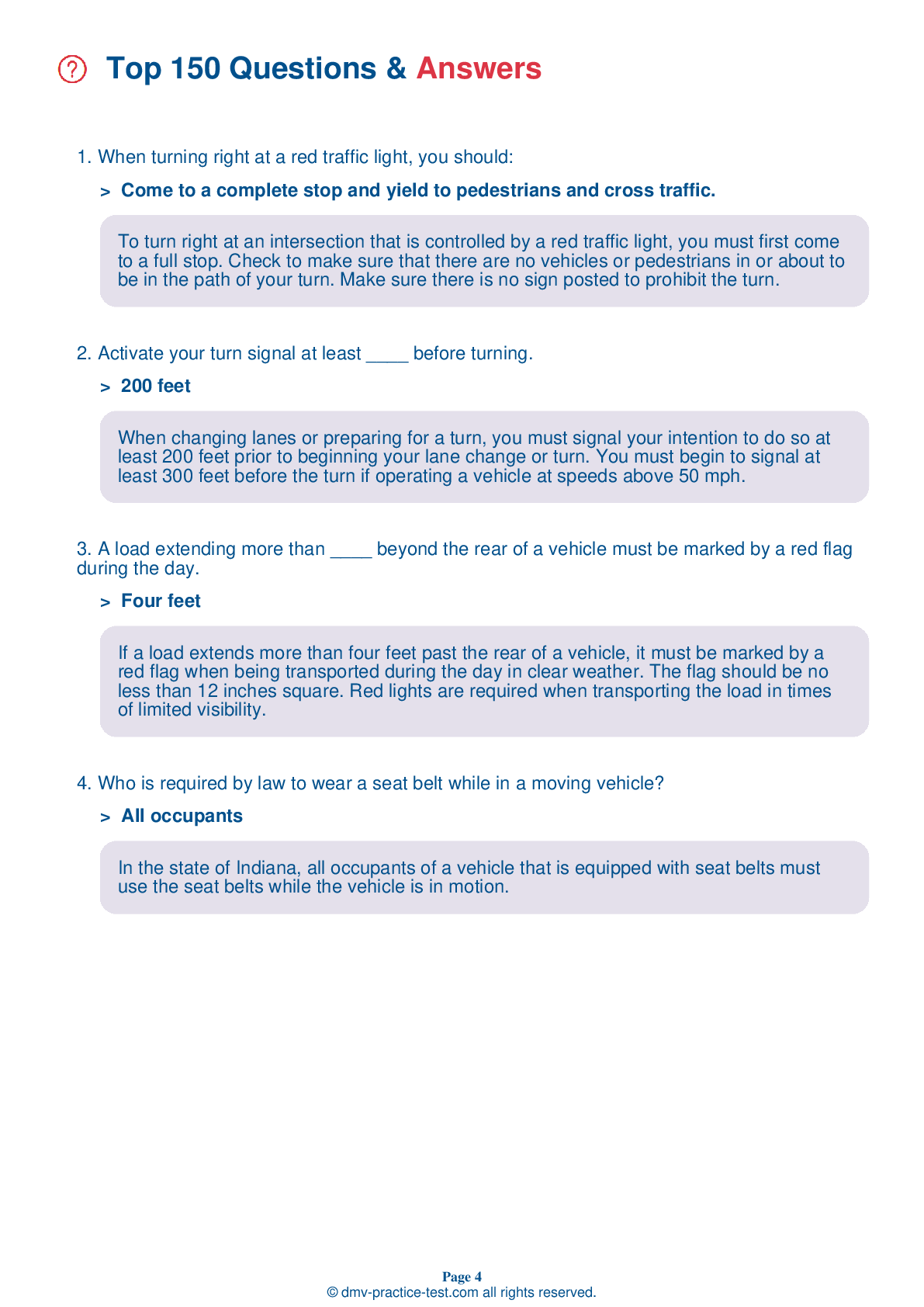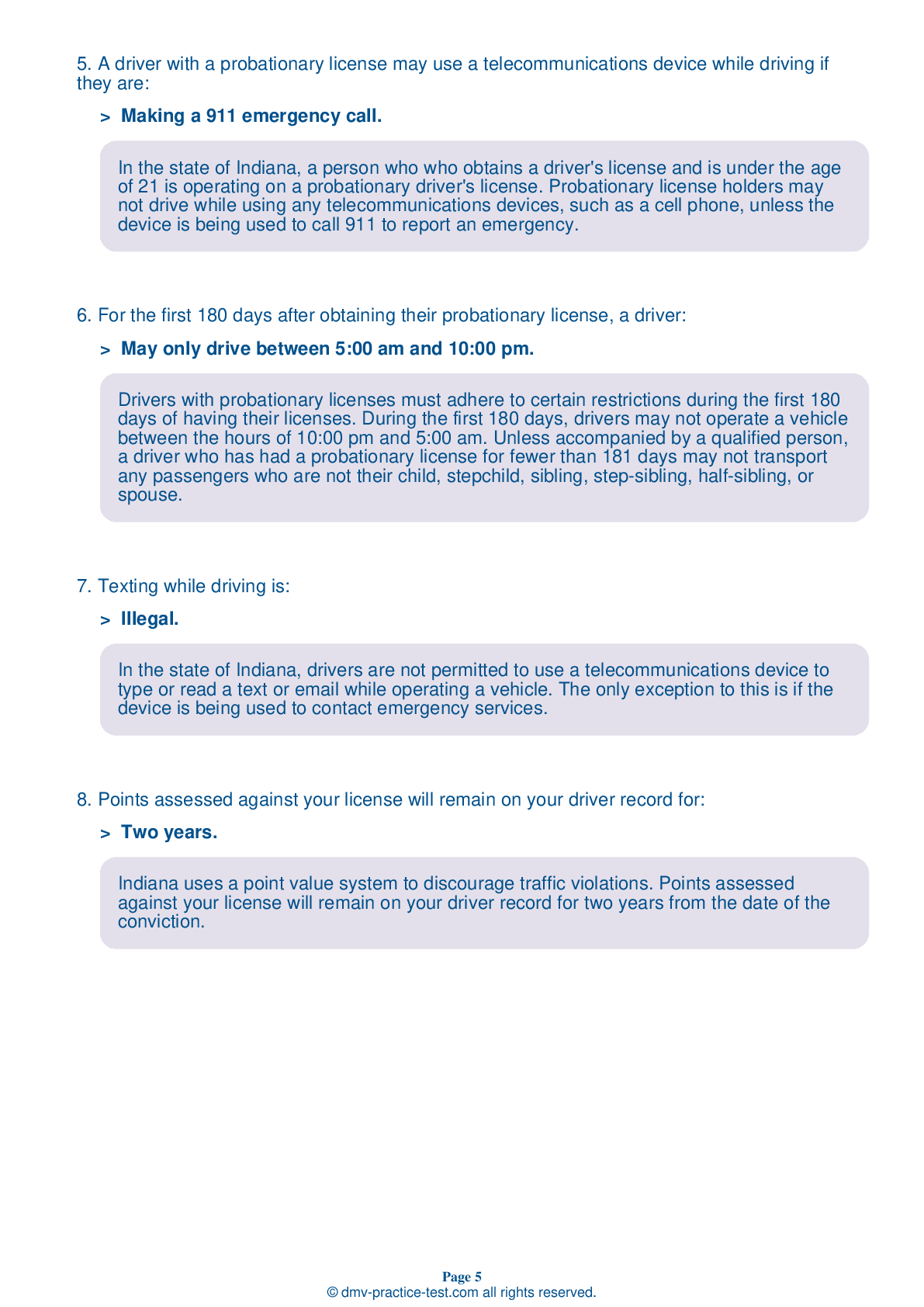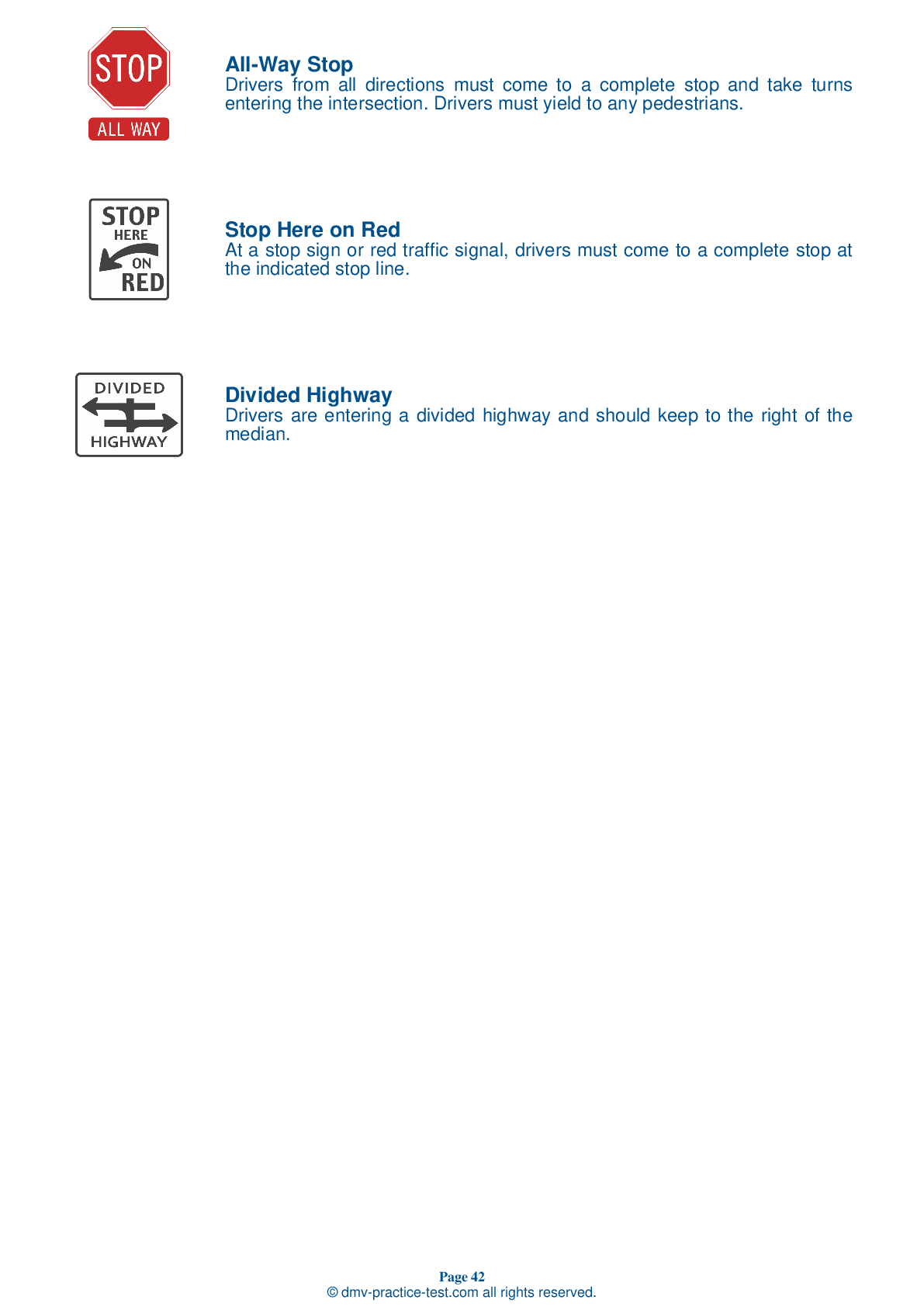FREE Indiana DMV Practice Test #17 Page 4 of 5
This set of Indiana DMV practise tests has been updated for January 2025. It includes questions based on the Indiana Driver Handbook's most significant traffic signals and laws for 2025. Use actual questions that are very similar (often identical!) to the DMV driving permit test and driver's licence exam to study for the DMV driving permit test and driver's licence exam.
On the practise exam, each question gets a tip and explanation to help you remember the concepts. The written component of the official Indiana DMV test will include questions about traffic rules, traffic signs, and driving statutes, as well as information from the Driver Handbook.
To obtain a passing grade, you must correctly answer 44 of the 50 questions. Take our DMV practise exam to help you prepare for your Indiana instruction permit or driver's licence.
The DMV exam is available in several languages.
Using any kind of testing assistance will result in an automatic fail, and the DMV may take additional action against your driver's licence, so stay away from it.
28 . This sign means:
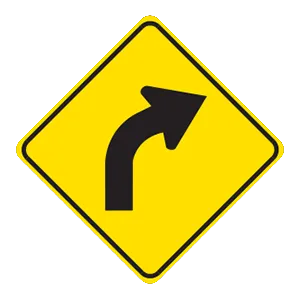
Warning signs prepare drivers for upcoming road conditions and hazards and are usually yellow with black markings. This sign alerts drivers to an upcoming curve in the road.
29 . If you are driving on a one-way street and an emergency vehicle using its flashing lights approaches your vehicle, you must:
If an emergency vehicle using its lights or siren approaches while you are driving on a one-way street, you must drive toward the nearest roadside and stop.
30 . This sign is used to warn drivers about:

This sign indicates that the road ahead curves to the right.
31 . To be safe when crossing a railroad, you should:
Railroad crossings are always dangerous. Drivers should look and listen for an approaching train coming from either direction before proceeding across the tracks. Watch for signals indicating an approaching train and never proceed until you are certain it is safe to do so.
32 . Before changing lanes on a multilane highway, you should:
Before changing lanes, you should look in your rearview and side mirrors to make sure no one is trying to pass you. You should also look over your shoulder to make sure that no one is in your blind spot.
33 . Increasing your vehicle’s speed:
The faster you drive, the smaller your field of vision becomes. As your speed increases and your field of vision decreases, you must be extra alert to potential hazards.
34 . This sign means:
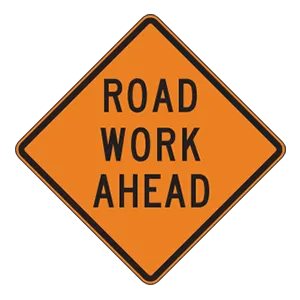
Construction zones pose dangers to both drivers and construction workers. Orange highway construction signs warn drivers to be careful when encountering construction zones. This sign alerts drivers to the beginning of an upcoming construction zone.
35 . You are driving when your power steering stops working. You should:
If your power steering stops working, additional effort will be required to maintain steering control. Reduce your speed and pull off the roadway to stop in a safe area.
36 . On a road which has no sidewalks, a pedestrian should walk on the:
Pedestrians should walk on the side of the road facing the traffic in the lane nearest them.
37 . Motorcycles are entitled to:
Lane usage for the motorcyclist is critical. Motorcycles are entitled to the same full lane width as all other vehicles.
38 . This road sign means:
.png)
This one-way sign indicates that traffic flows only in the direction of the arrow.
See the exact questions that will be on the 2025 Indiana DMV exam.
99.2% of people who use the cheat sheet pass the FIRST TIME
LT gives us an insight on how the cheat sheet provided her with all the study questions she needed before taking her test.
Joe initially studied with the handbook and failed his test, he eventually found us online, studied and pass his test the first time around.
